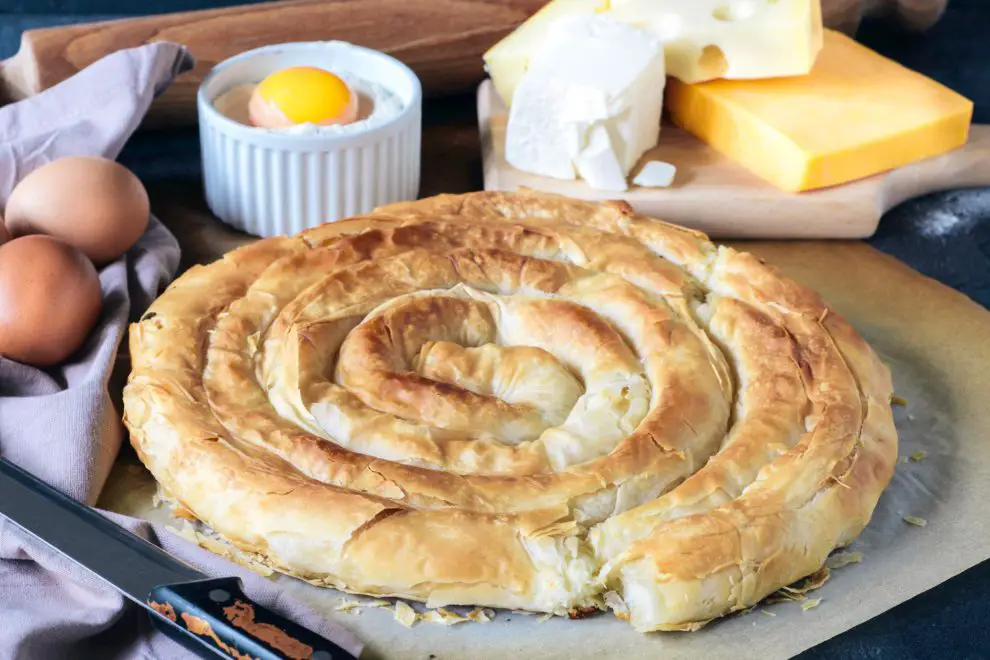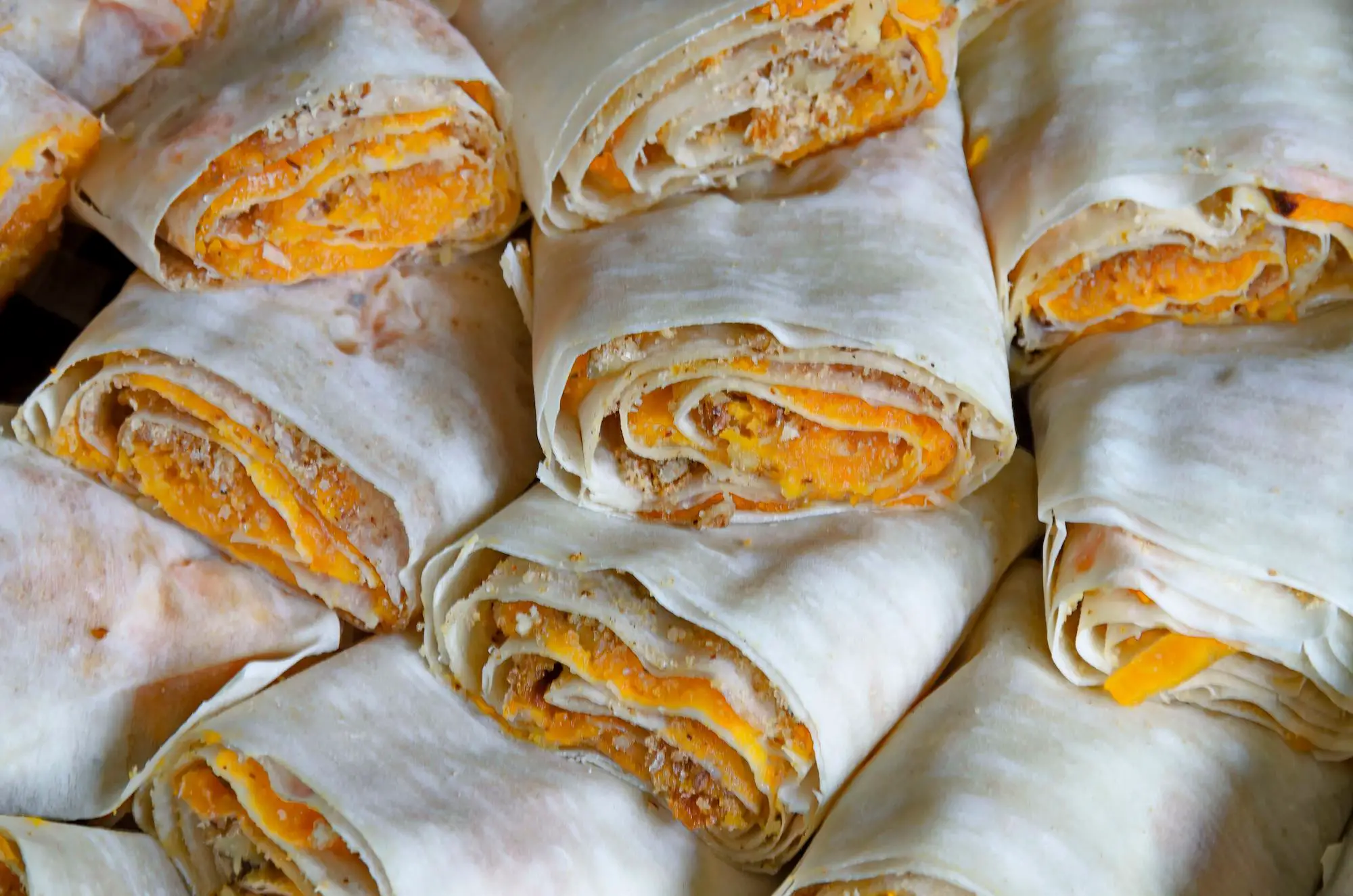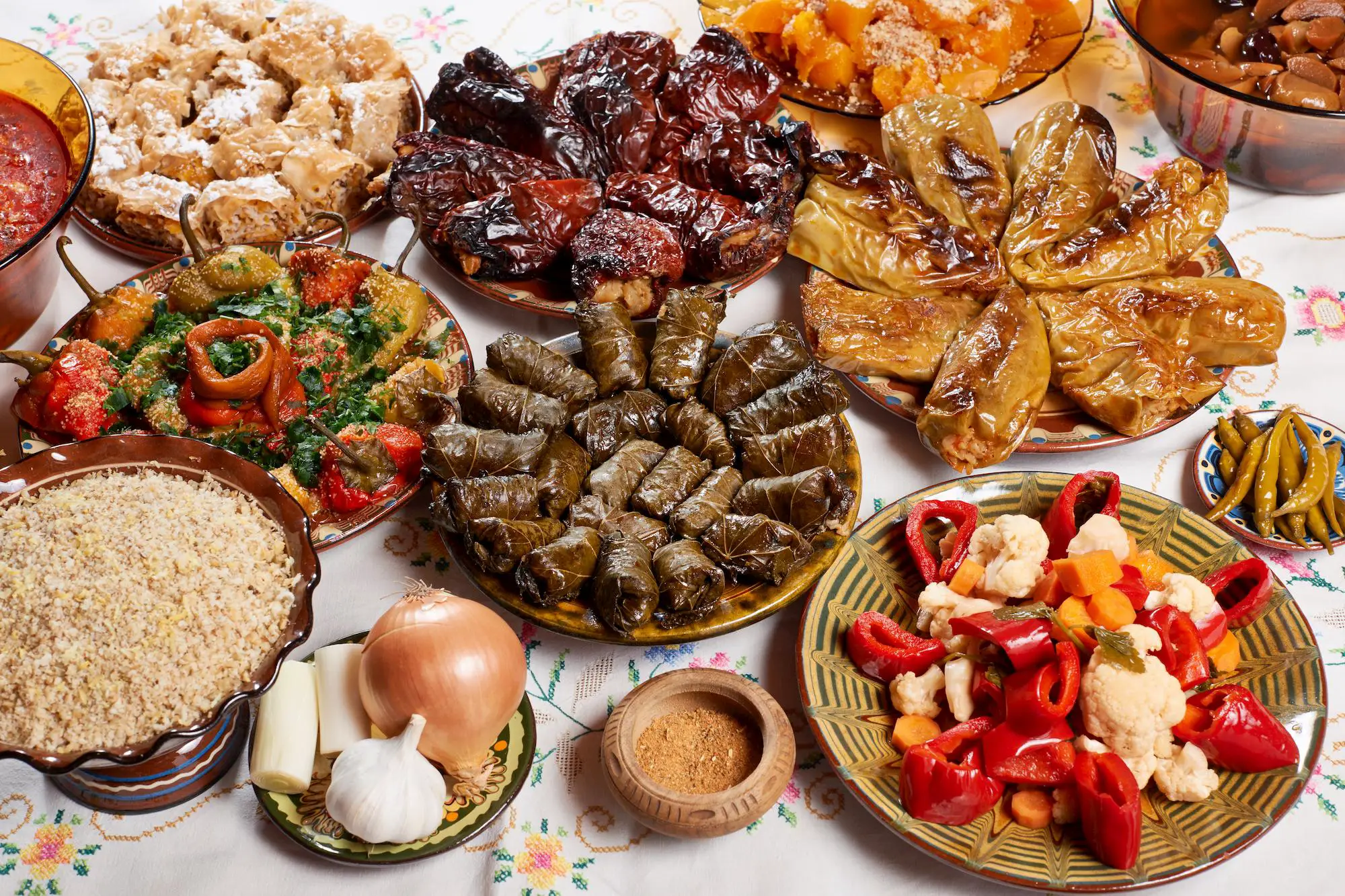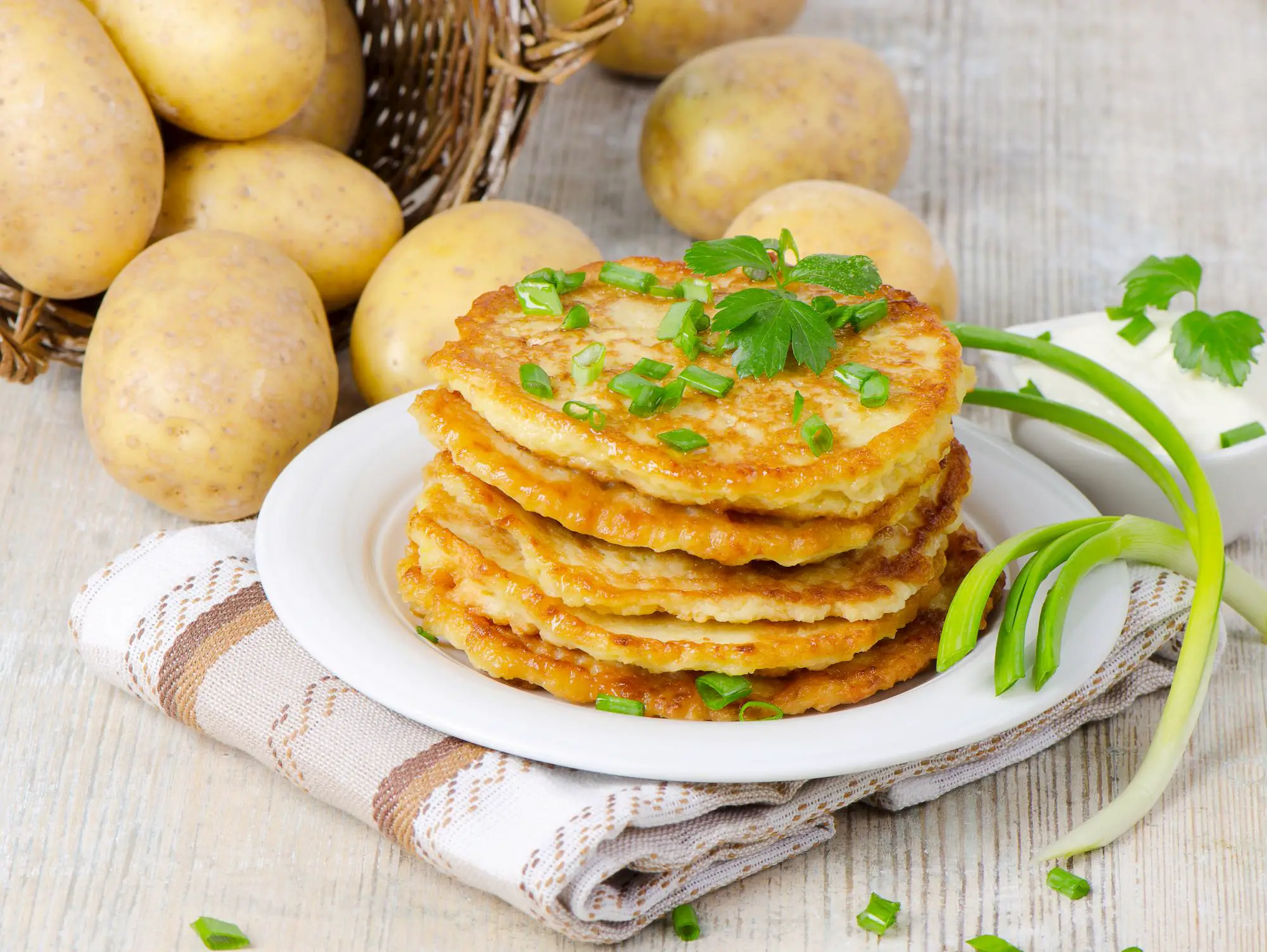Bosnia and Herzegovina is located on the Balkan Peninsula and is bordered by Croatia on the west and north, on the east by Serbia, on the south-east and south-west with Montenegro, and with the Adriatic sea. The dominant climate in this country is the continental while its main geographical features are the mountainous regions and lush forests.
The cultural, religious, and natural versatility in this relatively small country has resulted in occasional disruptions s as well as invaluable treasury regarding the authentic political, economic, and cultural environment in Bosnia and Hercegovina.
Forget about dieting when you are in Bosnia and Herzegovina. The splendidly versatile food offer of the many restaurants, bars, and cafes will allure you with mouthwatering aromas of meat preparations, the irreplaceable burek pies, freshly ground coffee as well as exquisite desserts displayed in patisseries run by warmhearted and kind chefs and staff who will welcome you with open arms at their thresholds.
The preparation of food and drinks in Bosnia is made with special care and enjoyment and above all, slowly. There’s no such thing as “fast food”, and slow cooking and eating in good company is imperative.
The meals served are quite caloric yet incredibly tasty. Most of them contain meat, vegetables, and dairy products while spices are moderately used. Three-course meals have been long introduced and practiced, the lunch being the most satiable meal in accordance with the Mediterranean lifestyle.
Most of the Bosnian savory food cooked or roasted while pastries are baked and sold in a number of bakeries. Desserts and coffee alongside a shot of alcoholic aperitif are an inseparable part of the daily eating rituals.
Here is a list of 15 Bosnian foods that you must try:
Table of Contents
1. Chevapi
The widely popular Bosnian chevapi are a meat preparation with Turkish origins but today stand as a great symbol of national gastronomic pride and are the first must-try recommendation when you visit Bosnia. They are small minced meat cylinders that are usually made of beef, pork and veal or lamb.
A seasoning of red paprika powder, garlic, salt, and black pepper is added and then the meat mixture is let to stay for several hours. next after being hand-rolled, the chevapi are grilled over charcoal which provides the distinctive flavor and smell of this dish. Chevapi are usually served in a portion of 5 to 10 pieces, inside a soft grilled thin flatbread called lepinja or somun, paired with kajmak (a full- fat dairy spread), ajvar (a pepper relish) and chopped onions.
Cevapi or cevapcici (plural) are also part of the Serbian traditional cuisine.
2. Burek
Burek is the name of a popular Balkan pie made of thin phyllo layers covered with savory filling between each layer. The burek is from Turkish provenance due to the Ottoman empire but today it is a valuable gastronomic gem of the Bosnian national cuisine.
Most of the Bosnians will tell you that when you ask for burek you actually ask for a burek filled with fried minced ground beef and onions but actually the burke can by any pie of this sort with either cottage cheese, spinach and potatoes that are actually called sirnica, zeljnica and krompirusha. The dough layers are filled and rolled in a spiral shape or in a basic round-shape pie that is served into quarters. This dish is widely popular across the entire Balkan and it is usually consumed as breakfast food alongside a glass of yogurt.
3. Peka
Peka or sach is a method of preparation of cooking meat, preparing vegetables or seafood, baking bread, pastries, and cakes. The peka is ancient technique and it consists of a cooking vessel with a lid on top. After it is filled with the desired ingredients, it is seasoned with oil or fat, salt, herbs and wine by preference.
This technique is considered as slow food preparation as the meals are cooked for hours and this enhances the aromas and the flavors of the food. The countries that have favored this peka for centuries are also Serbia and Croatia and historically speaking, the peka was a primitive technique that was made as an affordable substitute for ovens.
4. Sarma
Sarma is a the name for the Ottoman traditional cabbage rolls made of cabbage or sauerkraut leaves or vine leaves. The leaves are stuffed with fried minced meat, chopped onions, rice or bulgur, tomatoes or tomato sauce, red paprika or red pepper dust, seasonings and spices such as black pepper and sumac.
Although the sarma is of Turkish origin, it is widely consumed in the Balkans, Central Europe, Middle East, and South Caucasus. This dish is usually served of festive occasions and religious holidays or as a daily main dish- its cabbage/ sauerkraut version is preferred in the winter while the vine leaf in the summer with a dollop of sour milk on the side and a slice of rustic bread.
5. Tufahija
Tufahija is an incredibly tasty dessert that is made from apples, walnuts, sugar, and whipped cream. The apples are peeled, pitted and then stewed in sugary water until soft while an almond/ walnut sweet paste is made on the side,
Next, the apples are soaked in sugar syrup and then let to cool. Finally, when completely cool, the tufahija is topped with whipped cream and a cherry on top. The vintage version of this recipe with Persian origin doesn’t include the whipped cream finish.
6. Smokvara
Smokvara is a traditional dessert from Bosnia and Herzegovina that has originated in Herzegovina. It is made of a thick syrupy fig marmalade and then some flour, sugar, oil, and water are added. The final product is a dark- brown dough that is formed into disks that are baked and later soaked in a sugary syrup called sherbet that is a combination of sugar, water and s bit of this syrup. The smokvara is ultra-sweet so it pairs perfectly with a cup of strong, black Bosnian kava (Turkish coffee).
7. Bosanski lonac
Bosanski lonac (translated as Bosnian pot in English) is a traditional meaty stew that is made with large chunks of beef, lamb or veal, and big cuts of vegetables such as potatoes, carrots, tomatoes, and cabbage. The cooking of this stew is quite slow as the large size of the ingredients takes longer to cook [1].
The staple of the seasoning is salt and oil as the recipe of Bosanski lonac accentuates letting the stew form the body taste from the juices of the meat and the vegetables. This dish is cooked in a clay pot and due to its high nutritional value, it is served as a main dish in Bosnian restaurants with a slice of bread or fresh salad on the side.
8. Begova chorba
Begova chorba is a chicken soon and typical Bosnian food. Traditionally, this dish is made of chicken, root vegetables and okra before its texture is finally thickened with a batter of sour cream and beaten eggs on the side.
The name of this soup has Ottoman origins and it literally means bay’s soup, i.e. Turkish Bey, Arabic Bay- a title among Turkish peoples that was traditionally given to important officials or rulers of small tribal groups. Begova chorba is mainly served as a starter but it can often be consumed as a light main dish with a piece of bread or a salad.
9. Kadaif
Kadaif is a Bosnian dessert that has an appealing taste and looks quite decorative. It is made of shredded dough and a delicious nut filling made of chopped or ground walnuts. The dough kadayif threads are covered with a thin layer of melted butter or in some versions also sprayed with fragrant rose water. Next, the dough is layered with nut the filling.
You may find recipes that suggest rolling of the dough, although the traditional version sticks to the layered, square- cut shapre. The kadaif is then baked until golden brown and finally doused in a lemon-rose flavored sugary syrup (szerbet). This dessert is usually consumed when completely cooled or the following day with a cup of black, bitter Bosnian (Turkish) coffee.
10. Zeljanica
If you crave for the taste of Balkan spinach pita or, in some countries, burek, while in Bosnia, make sure to ask for “zeljanica”- the right name of this mouthwatering pie made of phyllo dough. The layers of dough are covered with a filling of blanched spinach, white Balkan cheese or ricotta, creme fraische and eggs.
Next, the dough is rolled into a coil and this procedure carries on until the dough and the filling are spent completely.
Then, the pie is baked and according to some recipes, doused in warm milk after the baking. Zeljanica is best when eaten as a breakfast food with a glass of yogurt or some sour milk on the side but it can also be served as a hearty snack at any time of the day.
11. Sutlijash
This traditional Bosnian milky dessert is a tasty rice pudding that goes under a name with Ottoman origins. It is very similar to the Turkish dessert called “sütlaç” which was first brought to Bosnia during the rule of the Ottoman Empire.
Sutlijash is a much-favored treat among many since it is simple to prepare and enough nutritious to substitute a full meal. The preparation includes rice, milk, vanilla extract (optional), and sugar that are cooked together until ready and thick. Then, the rice cream is poured into dishes and let to cool. Sutlijash can be served either warm or cold and it is usually sprinkled with cinnamon on top to enhance flavor.
12. Krumpirusha
After indulging into burek and zeljanica, it is time to try Krumpirusha- a delicious comforting pie that contains potato filling. The thin layers of phyllo dough are covered with a mixture of grated potatoes, chopped, fried onions, a generous amount of ground black pepper, salt, and other seasonings according to preference.
Each dough ensemble is then rolled into a coil and just before baking, the pie- coils are spread with sour cream or sprinkled with milk, yolk, and oil. The Bosnian cuisine leaves a special place for this pie that is best eaten fresh and straight from the oven with a glass of yogurt on the side.
Related post: The Best Croatian Foods













